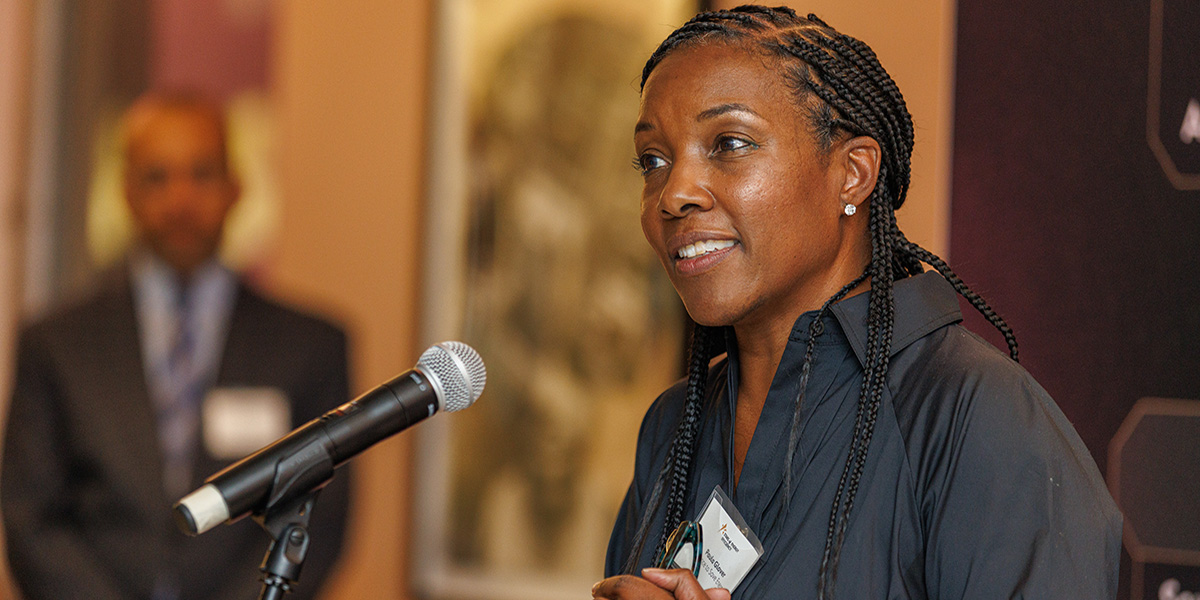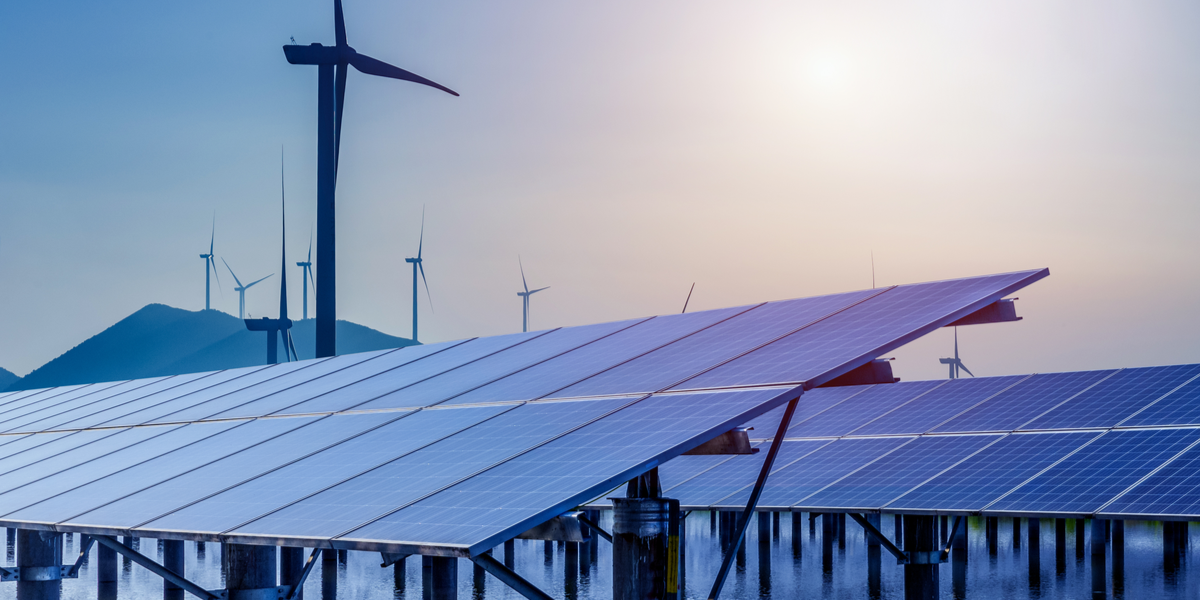Opening energy efficiency to all with inclusive financing
Let's Save Energy
Alliance to Save Energy's Blog
Opening energy efficiency to all with inclusive financing

More than a third of US residents are effectively locked out of financing programs for energy efficiency, especially renters and those homeowners who can neither afford to pay upfront for efficiency upgrades nor take on debt.1 Similar barriers affect businesses that lease their space as well as government agencies with borrowing limits. These financial barriers have vexed efficiency resource developers for decades. So how can these challenges be addressed?
Inclusive financing provides a solution, with potential to break these barriers and quickly scale up investment in energy efficiency. Here’s how it works: Utilities offer an opt-in tariff to invest in cost-effective efficiency upgrades and recover those costs on the utility bill for that site with a charge that is less than the estimated savings.
Because the cost recovery charge is less than the estimated savings, the customer benefits from immediate net savings, and once cost recovery is complete, the bill goes down even more as the customer benefits from 100% of the savings from the upgrade.
The charges stay with the meter, allowing renters to move out. The tariff also assures that new customers at that site simply will be notified of the cost recovery for the efficiency upgrades, which results in lower costs than would otherwise be incurred for a similar level of service.
Utility regulators in states including Kansas, Kentucky, New Hampshire, and Arkansas have already approved opt-in tariffs for efficiency upgrades. Although only a few leading utilities in each of those states are taking advantage of the opportunity to date, all of their programs are based on the same system, called Pay As You Save® (PAYS®).
At the “Future of Energy Summit” hosted by Bloomberg New Energy Finance, PAYS won a FiRe Award for high-impact innovation, and since then, the explosion of attention has prompted interest among stakeholders in a dozen additional states as well as half a dozen countries.
On-bill loans vs. on-bill tariffed investments
In a U.S. Department of Energy broadcast on current practices in energy efficiency financing, experts at Lawrence Berkeley National Lab underscored that tariffed on-bill financing is distinctly different than on-bill loan programs. Loan programs are typically not open to renters, or to anyone who would not be able to meet the underwriting criteria for the loan they seek. Once the loan is made to the consumer, the debt collection occurs with a charge on the utility bill.
By contrast, with an on-bill tariff based on the PAYS system, the utility makes an investment that is qualified by the cost effectiveness of the upgrade rather than the creditworthiness of the individual customer. Therefore, all customers are eligible regardless of income, credit score, or renter status. The cost recovery charge is capped at 80% of estimated savings, and the charges end if the upgrade fails and is not repaired. Rather than taking on debt, a participating customer agrees to pay the on-bill cost recovery charge until the costs are recovered, which is a shorter period than the useful life of the upgrades.
Inclusive Financing in Action
Rural electric cooperatives have been leading the way on inclusive financing for energy efficiency. Most recently, Ouachita Electric Cooperative launched its HELP PAYS® program, replacing an existing on-bill loan program, called HELP, which had been recognized as a best practice model at the U.S. Department of Energy’s Better Buildings Summit.
Preliminary analysis of program activity in the first four months showed a strong market response, with investment surging by a factor of 10 compared to an on-bill loan program in the prior year. Ouachita Electric also reported that their inclusive financing program attracted triple the number of participants. And in another benefit of switching from a debt-based on-bill financing program to a tariffed on-bill investment program, they were able to include renters for the first time, with renters accounting for half of the participants in the first four months.
Opportunities ahead
Utilities like Midwest Energy in Kansas and EverSource in New Hampshire have reported that when the utility makes an offer to invest, the majority of customers receiving the offer accept the terms based on the PAYS system. With years of experience in cost recovery, these utilities also report that the rate of cost recovery for the utility is higher than its mainline business, which means their energy efficiency investment portfolio has even lower risk.
If more utilities extend the same opportunity to all customers, more investment capital will flow into energy efficiency upgrades, creating the demand for more work that fuels more jobs. With that additional investment capital, inclusive financing for energy efficiency can also help put us on the path to doubling energy productivity.
Let’s work together to make energy efficiency upgrades accessible to all.
[1] More than 1/3 of all households do not own their home, homeowners make up 50% of households below median income, US Census 2015 [census.gov]
Holmes Hummel is the founder of Clean Energy Works, a champion for inclusive financing to mobilize more investment in energy efficiency upgrades for all.
STAY EMPOWERED
Help the Alliance advocate for policies to use energy more efficiently – supporting job creation, reduced emissions, and lower costs. Contact your member of Congress.
Energy efficiency is smart, nonpartisan, and practical. So are we. Our strength comes from an unparalleled group of Alliance Associates working collaboratively under the Alliance umbrella to pave the way for energy efficiency gains.
The power of efficiency is in your hands. Supporting the Alliance means supporting a vision for using energy more productively to achieve economic growth, a cleaner environment, and greater energy security, affordability, and reliability.



